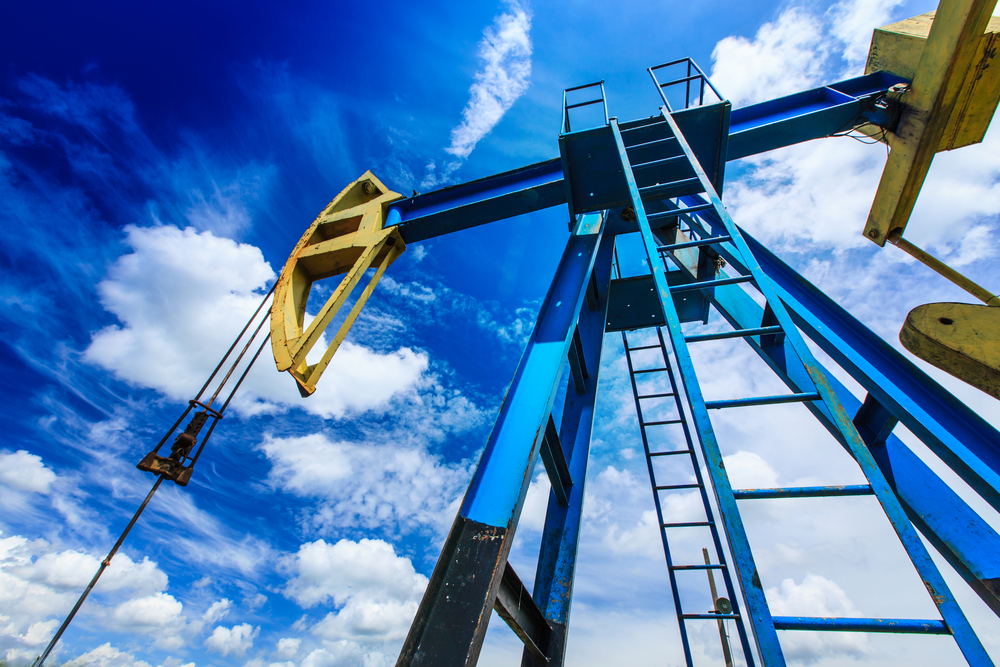Another day, another reason to suspect that fracking isn’t nearly as “safe” as the oil and gas industry insists — at least, not as it’s being practiced. New research from Stanford University scientists, covered by the L.A. Times, reveals that oil companies are fracking at much shallower depths than commonly believed, and sometimes directly into sources of drinking water.
The researchers, Dominic DiGiulio and Robert Jackson, investigated drilling activity at two sites in Wyoming’s Pavillion gas field. They didn’t document any actual water pollution, but their findings (which have yet to be peer-reviewed) challenge a favorite industry myth: that fracking occurs thousands of feet below aquifers, and so the toxic chemicals being injected down there poses no risk to the drinking water above. There’s reason to believe that the chemicals can, in fact, migrate upwards into aquifers, but the Stanford study concerns chemicals being injected just 700 to 750 feet deep, “directly into geological formations that contain groundwater.” That would appear to pose a much more pressing risk.
The aquifers in question are classified under the Clean Water Act as “underground sources of drinking water,” which means they’re suppose to be protected from harmful contamination. “If the water isn’t being used now, it doesn’t mean it can’t be used in the future,” DiGiulio pointed out; for example, in times of drought, to which Wyoming is particularly prone.
Believe it or not, this sort of thing isn’t even illegal. But a 2012 report from the International Energy Agency, which analyzed ways that the industry could make fracking safer, specifically pointed to instances where the technique is employed too close to drinking water sources for comfort, and recommended that the practice be banned. According to the researchers, it at least needs to be more closely regulated. But, as is so often the case, “the extent and consequences of these activities are poorly documented,” wrote DiGiulio, “hindering assessments of potential resource damage and human exposure.”
“You can’t test the consequences of an activity if you don’t know how common it is,” added Jackson. “We think that any fracking within a thousand feet of the surface should be more clearly documented and face greater scrutiny.”

